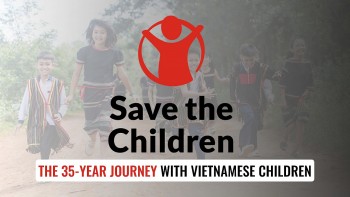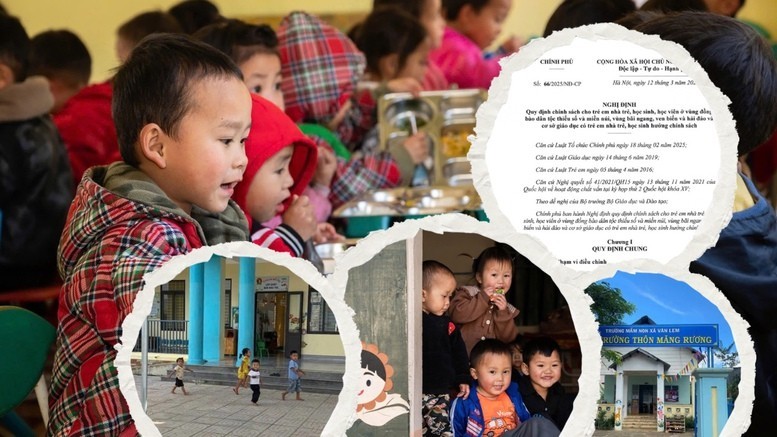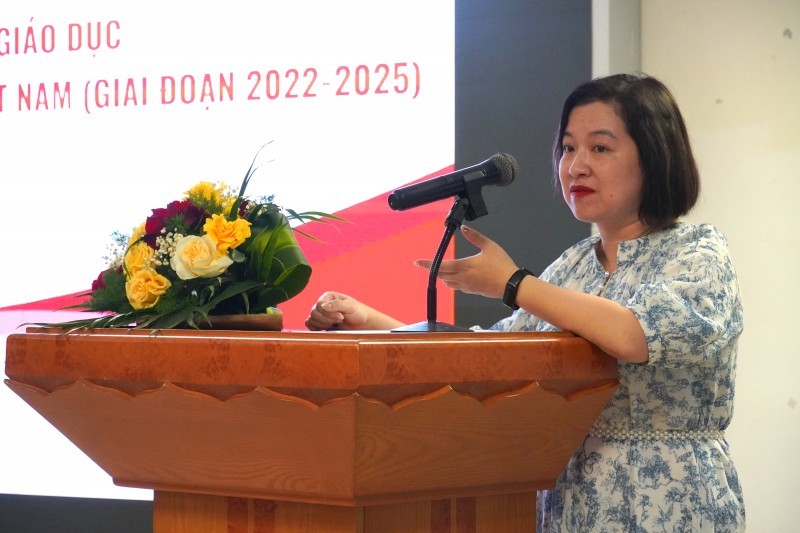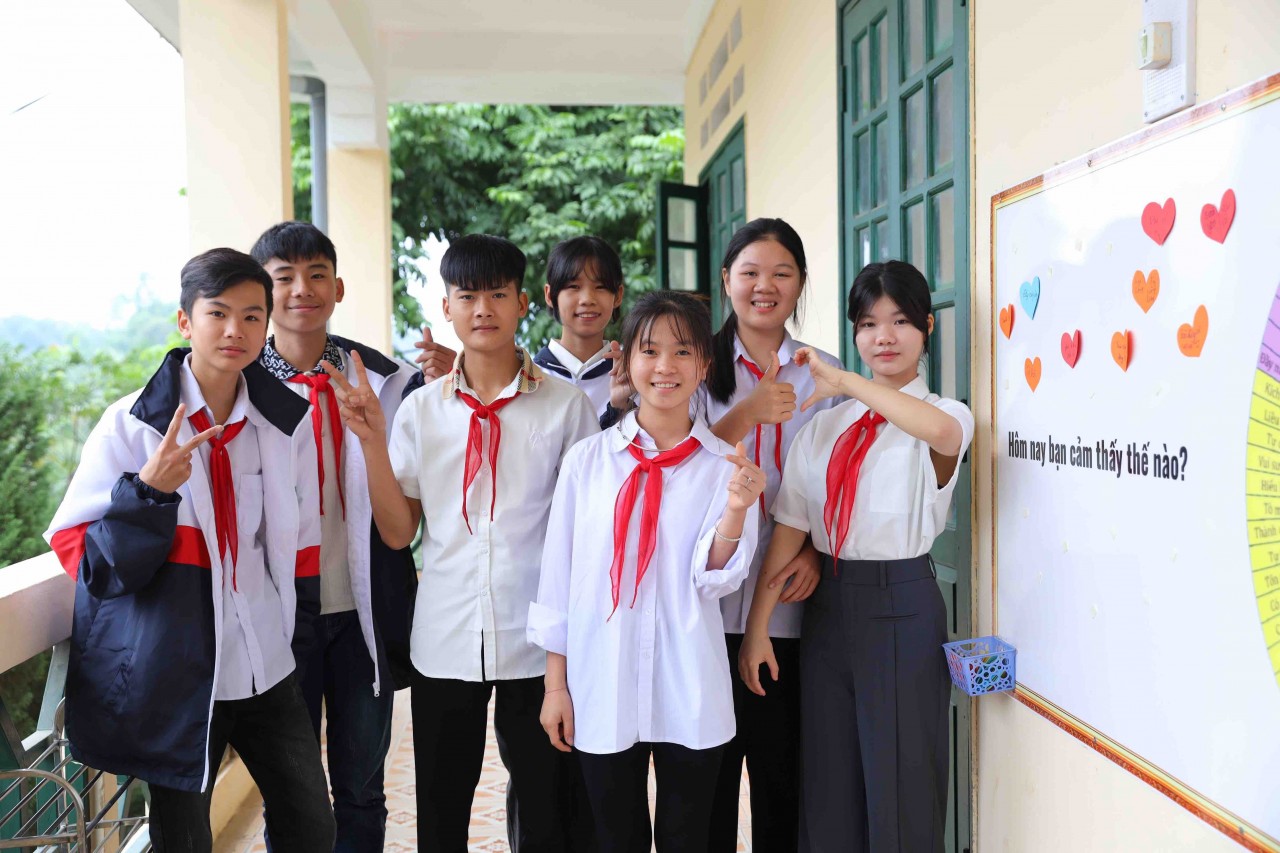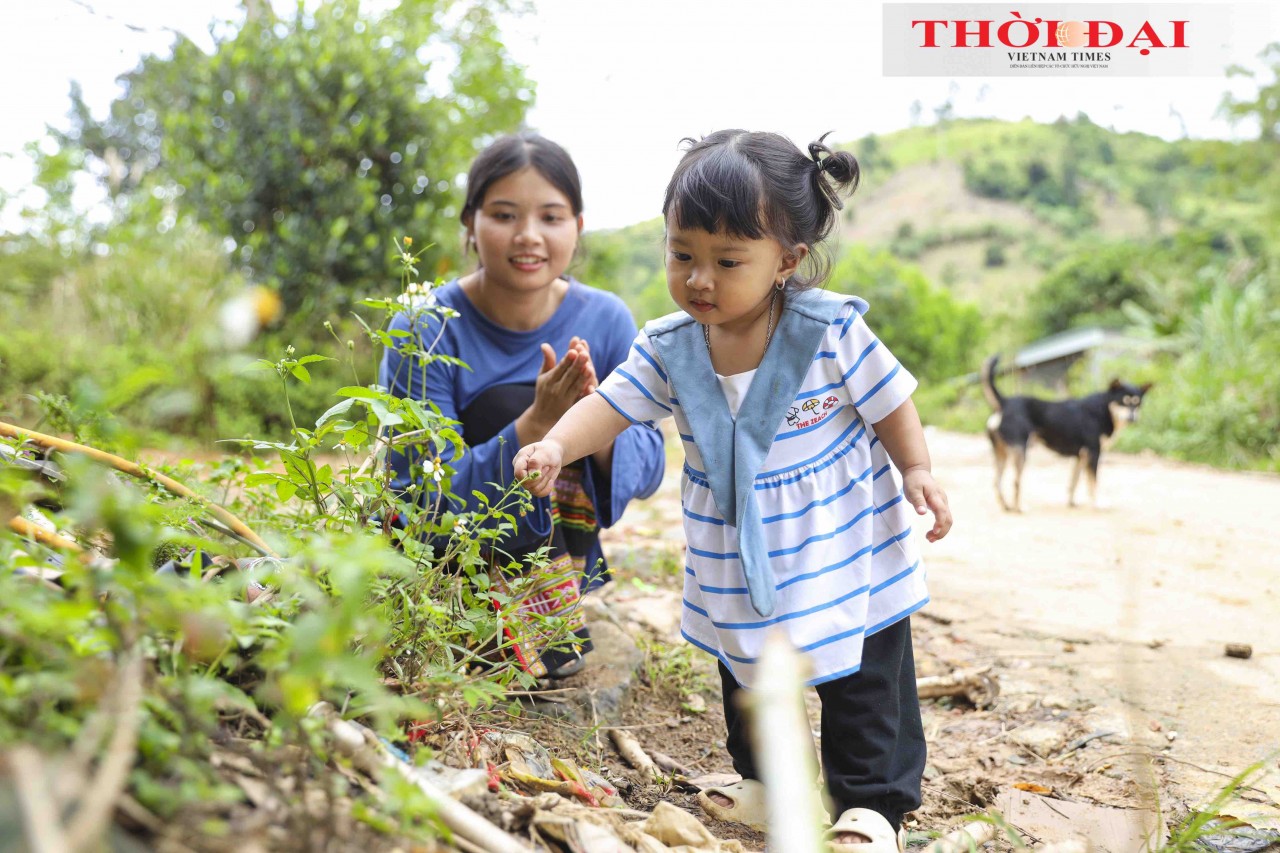Save the Children: Supporting Youth from Nutrition to Education
| Kangaroo Mother Care: Simple Approach, Remarkable Results | |
| Nearly 25,000 Green Initiatives at Denmark in Your Eyes 2024 Painting Contest |
Gardens of hope in highlands
In the late afternoon at Cam Con Semi-Boarding Primary School for Ethnic Minorities (Bao Yen District, Lao Cai Province), joyful chatter echoes throughout the vibrant school garden. Ha Thi Thuy, a 5th-grade student, carefully tends to the vegetable beds and shares excitedly “Since we got the garden, we’ve had fresh vegetables every day. What I enjoy most is learning how to grow vegetables and raise chickens, so I can help my parents at home.”
Once a barren patch of land, the garden was revitalized in the 2020–2021 school year with support from Save the Children. Equipped with a canopy system, irrigation network, and enclosed animal pens, it now provides clean food for nearly 100 boarding students.
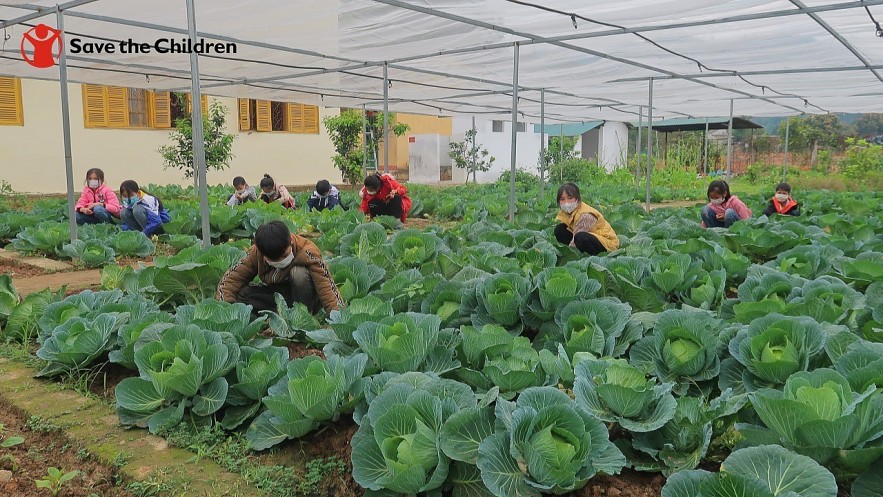 |
| A vegetable garden at Cam Con Semi-Boarding Primary School for Ethnic Minority Students in Bao Yen District, Lao Cai Province. (Photo: Save the Children) |
Dao Quang Quyen, a physical education teacher and head of hygiene and labor activities, said “Previously, food had to be bought from distant markets—it was expensive and often unsafe. Since implementing the school farm model, we grow our own vegetables like cabbage, okra, squash, and beans, and raise pigs and chickens to enrich the children's meals. Meals have become more diverse, hygienic, and cost-effective.” Currently, the garden supplies 50–100% of the school’s daily vegetable needs.
Beyond nutrition, the garden also serves as a practical classroom for life skills. “Many children already help their parents with farming, but mostly out of habit and not necessarily the right way. With structured guidance from teachers, they’ve become more confident and effective in their work. It teaches them discipline, the value of labor, and builds independence,” said Quyen.
Long-term commitment to Vietnamese children's health
The garden at Cam Con School is just one of many Save the Children initiatives improving child nutrition in Vietnam.
In northern mountainous provinces such as Son La and Yen Bai—where stunting rates in children once reached 54%—numerous projects have focused on improving nutrition for children under five, particularly targeting stunting reduction.
Among them, the "Vietnam Northern Mountain Integrated Child Nutrition Improvement Project," supported by the World Bank's Japan Social Development Fund (JSDF) implemented from 2017 to 2022, stands out for its sustainable impact.
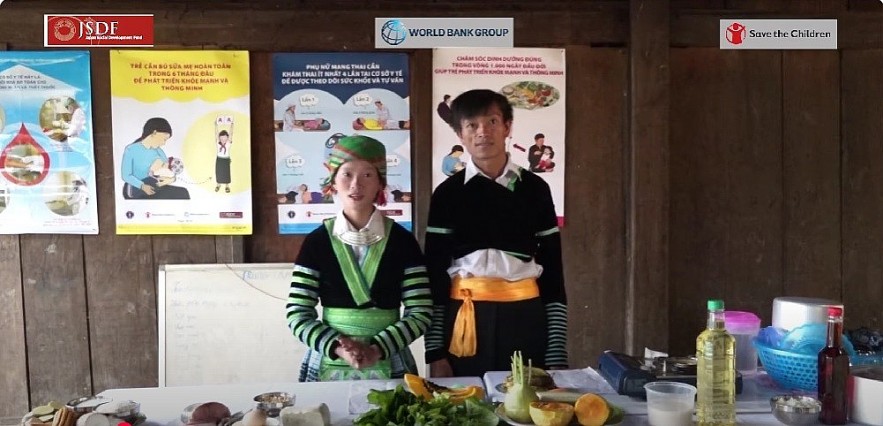 |
| A cooking session on how to prepare nutritious and appropriate meals for H'mong ethnic children. (Screenshot from a Save the Children video) |
In project areas, mothers and pregnant women received training in maternal and child health care, including breastfeeding techniques and preparing age-appropriate, nutrient-rich meals from local ingredients.
Vi Thi Duyen, from Ang Village in Moc Chau District, Son La Province, shared “During my first pregnancy, I didn’t know how to eat properly. But after joining nutrition classes and receiving full vaccinations, my second child has been much healthier and rarely gets sick.”
Through nutrition education and recovery support, the project improved nutrition for over 3,000 children. Severe acute malnutrition cases without complications were treated with energy-dense ready-to-use therapeutic food.
Additionally, more than 6,000 households were trained in improved agricultural practices, such as raising poultry, growing vegetables, and composting, helping enhance food security and livelihoods.
| According to Save the Children, by the end of the JSDF project, the rate of exclusive breastfeeding among infants aged 0 to 5 months had increased from 17.4% to 71.2%, while the proportion of children aged 6 to 23 months receiving food from at least four different food groups rose from 37.5% to 70.6%. The percentage of pregnant women attending at least three antenatal checkups during their pregnancy also jumped significantly, from 11.1% to 71.8%. At the same time, undernutrition among children under five in the project areas saw notable improvements: stunting declined from 54.33% to 40.68%, underweight from 37.46% to 26.85%, and wasting from 8.66% to 5.62%. Particularly striking were the gains made among ethnic minority groups. Among the H’Mong population, stunting fell from 67.1% to 53%, underweight from 41.1% to 32.1%, and wasting from 7.3% to 6.2%. For the Thai ethnic group, stunting dropped from 40.9% to 26.9%, underweight from 34.1% to 22.2%, and wasting from 9.6% to 5.4%. Other ethnic groups also showed progress, with stunting rates declining from 37.4% to 22.4%, underweight from 30.4% to 15.8%, and wasting from 11.5% to 3.6%. In addition, the Nutrition-Sensitive Agriculture (NSA) model was incorporated into the Five-Year Agriculture and Forestry Development Plans of Yen Bai and Son La provinces, helping to sustain and build upon these positive outcomes. |
Since 2008, Save the Children has maintained a nationwide program providing Vitamin A supplements to children aged 6 to 59 months and multivitamins to pregnant women. Each year, this program reaches approximately 8 million children across all 63 provinces and cities, as well as more than 60,000 pregnant women in the country’s 83 poorest districts.
Save the Children's efforts go beyond mountainous regions. The organization has also implemented the "School Health and Nutrition" project in urban areas including Hanoi, Hai Phong, Ho Chi Minh City, and Tien Giang.
Nguyen Ngoc Anh, a fourth-grade student in Hai Phong, shared“After learning about personal hygiene, I even taught my parents how to wash their hands properly. I want to become a doctor in the future to help people stay healthy.”
| According to an endline survey conducted in December 2023, knowledge, attitudes, and practices related to health care improved among 70.9% of students, 49.3% of caregivers, and 50.3% of teachers after participating in the project. In the 2022–2023 academic year alone, the percentage of students rating school toilets as clean and safe increased by 16.4% compared to the previous year—one of the main reasons toilet usage in schools rose to 84.5%. The strong link between schools, parents, and students has been a key factor in enhancing school-based health practices, with 98.6% of parents in the messaging program reporting that they discussed and applied health topics at home with their children. |
The project also upgraded facilities in over 125 schools, including 122 handwashing stations, sanitary toilets, and nutrition gardens. More than 30,000 integrated classes on oral health and school health have been conducted.
Thanks to these positive outcomes, the project’s intervention model has been expanded to 142 additional schools and has received favorable feedback from local authorities. All participating schools have committed to maintaining, scaling up health education and communication activities in the future.
Whether in remote highlands or bustling cities, Save the Children's initiatives have made lasting impacts. Le Thi Thanh Huong, country director of Save the Children in Vietnam, emphasized “We will continue striving to improve the health and nutrition of children, especially the most vulnerable, and seek innovative solutions to address emerging challenges caused by the socio-economic impacts of the Covid-19 pandemic. We are committed to working alongside the Government of Vietnam in building the best possible environment for children and look forward to ongoing support and collaboration from government agencies and partners.”
With the successes already achieved, Save the Children’s journey alongside Vietnamese children promises to remain a source of inspiration for future community development programs.
 |
 | Travelling Vietnam Through French Artist's Children Book “Sparrow’s Travelogue” - a 40-page picture book, completed in 3 years, is a gift that French artist Olivier Blanchin wants to send to Vietnam, the ... |
 | NUOY: Bringing Miracle of Medicine to Children with Birth Defects in Vietnam 25 years ago, a group of volunteer doctors from NUOY (US) arrived in Vietnam with a heartfelt mission: to transform the lives of children born ... |
In topics
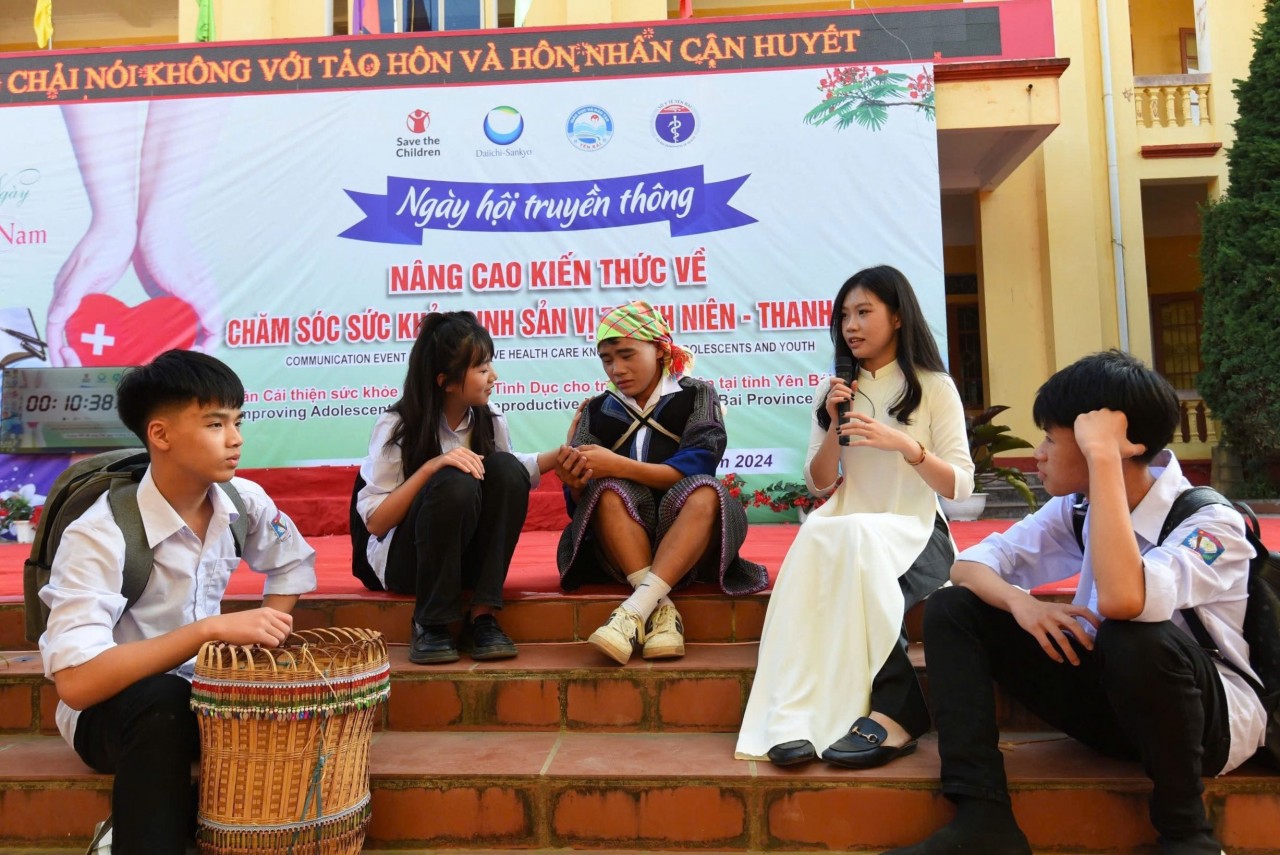 Viet's Home
Viet's Home
Save the Children: Improving Reproductive Health, Paving Way for Sustainable Future
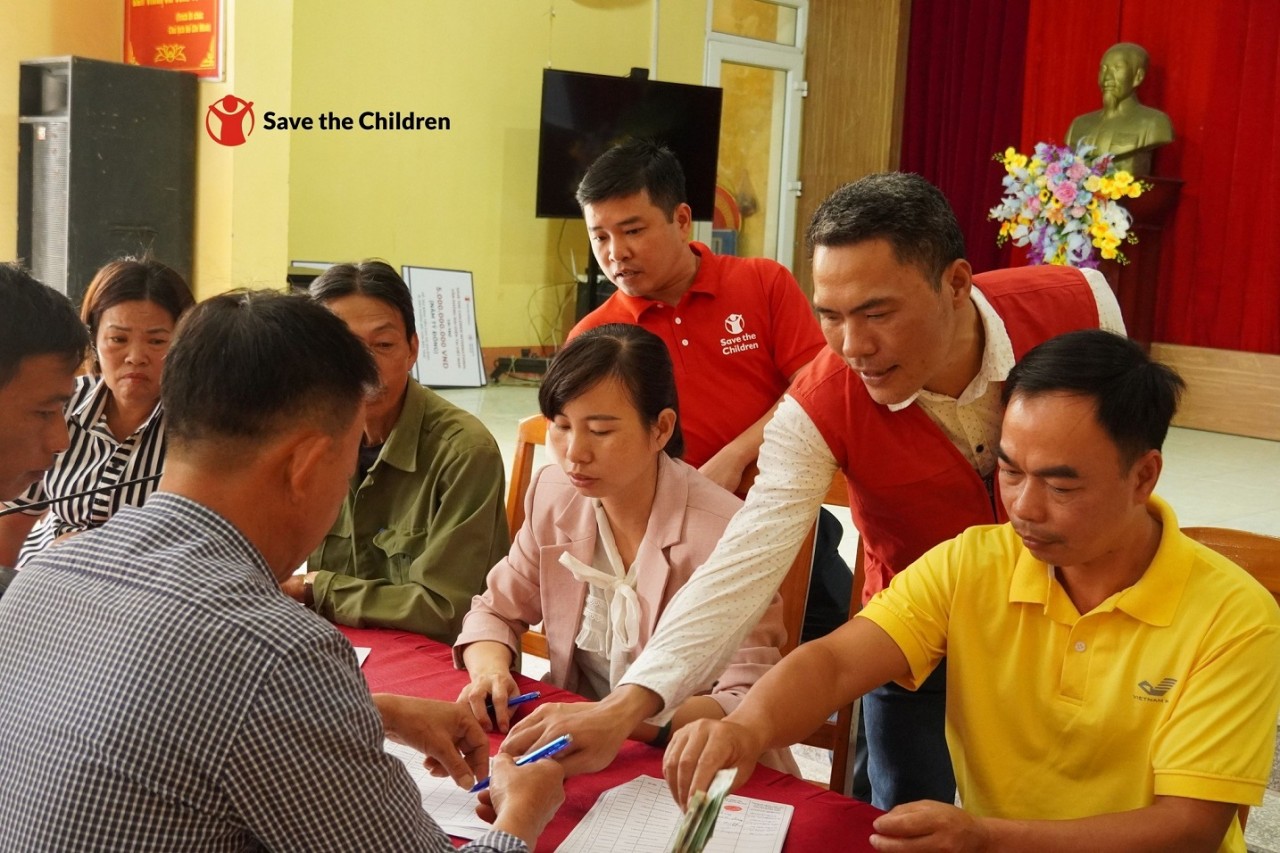 Viet's Home
Viet's Home
Save the Children International - Strong Commitment, Flexible Innovation for Children and Communities
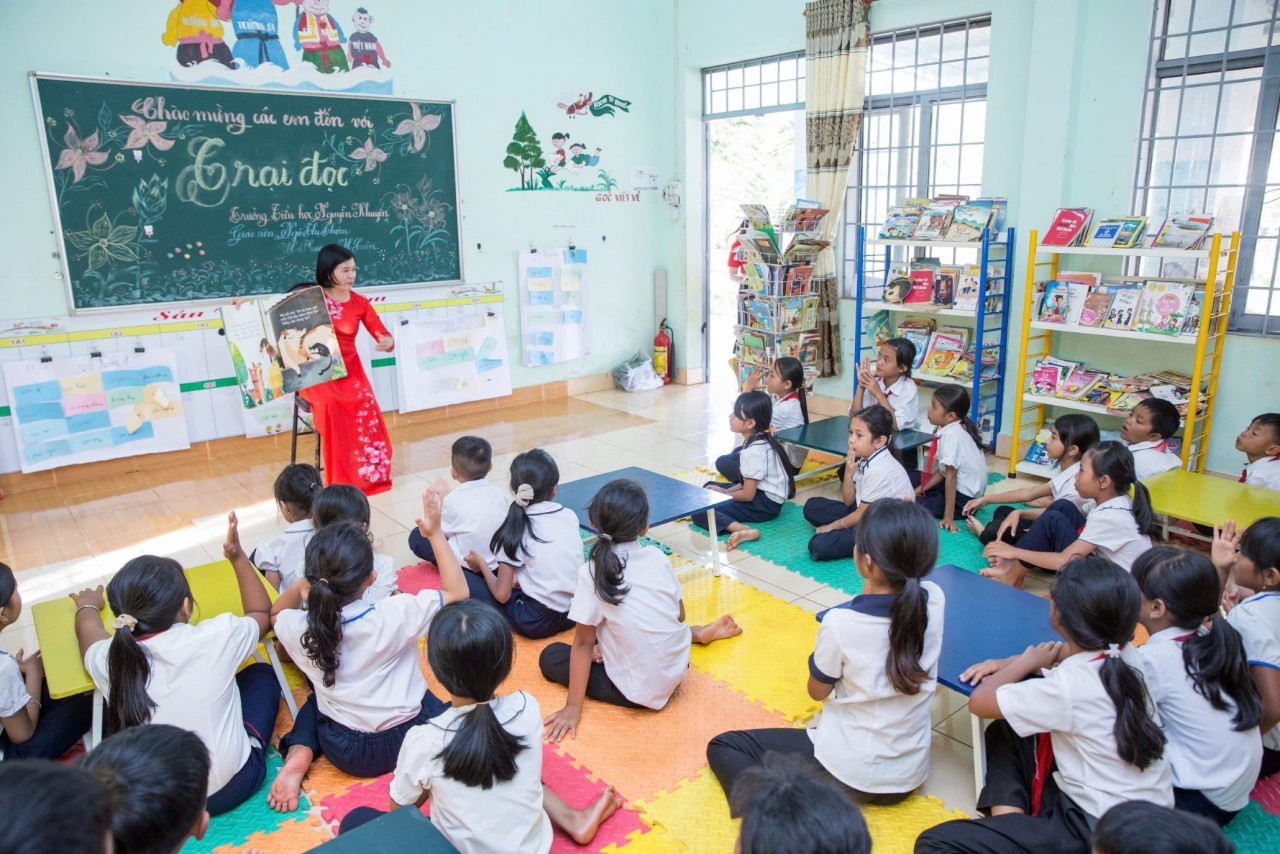 Viet's Home
Viet's Home
Save the Children to Aid Lao Cai for Children-Centered Sustainable Development
Recommended
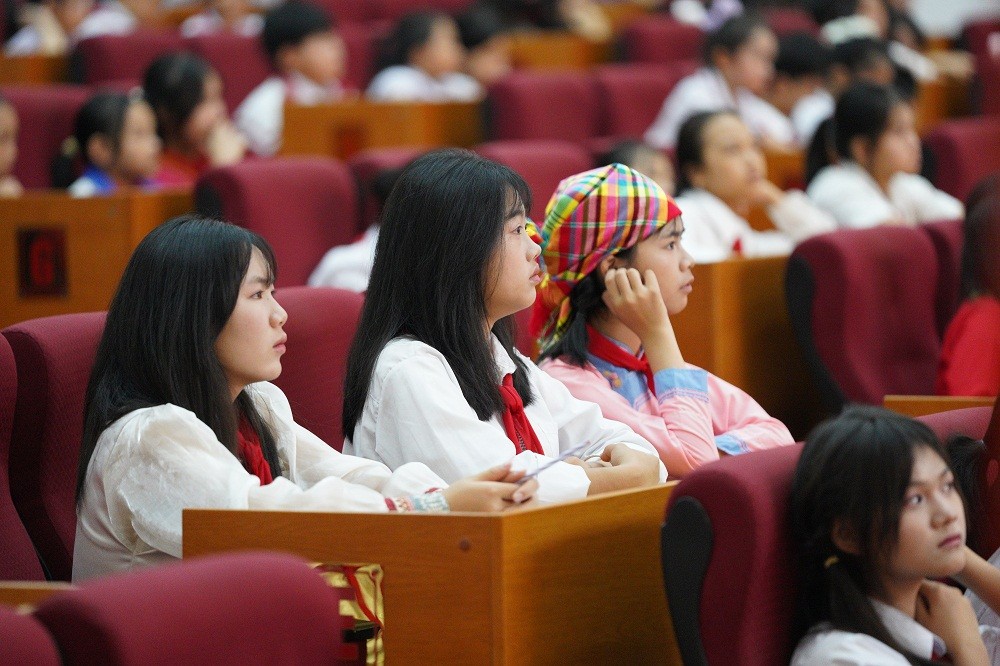 Viet's Home
Viet's Home
Lai Chau National Assembly, People's Council Delegates Hold Dialogue with Children
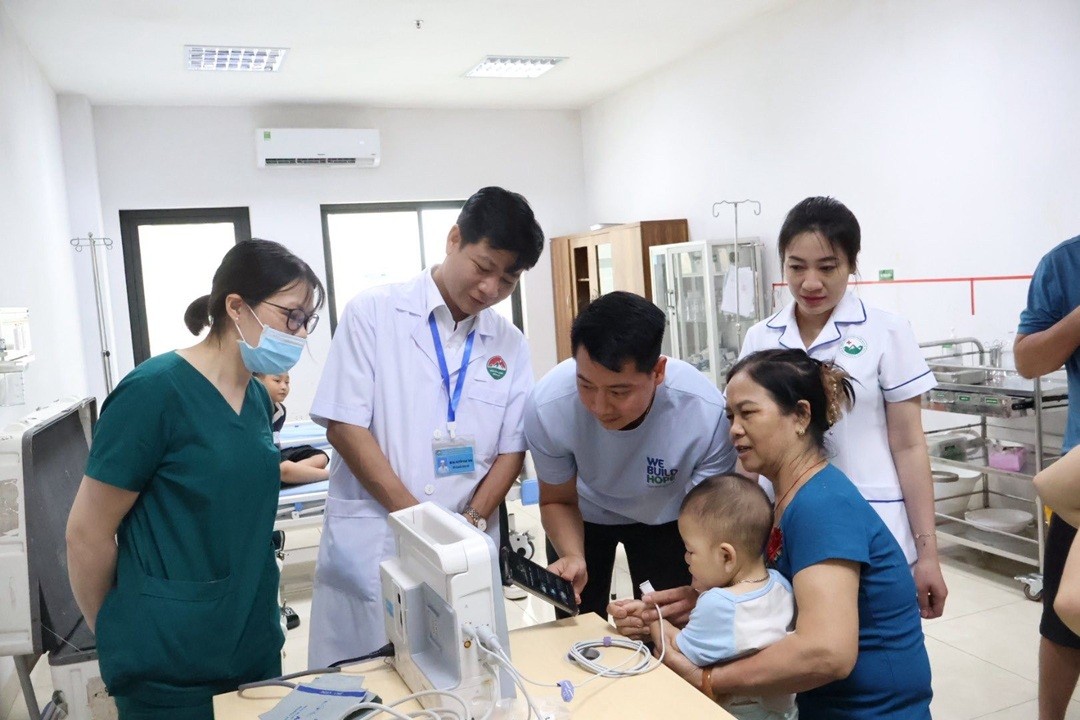 Viet's Home
Viet's Home
24 Children with Disabilities in Northern Provinces Received Free Surgery
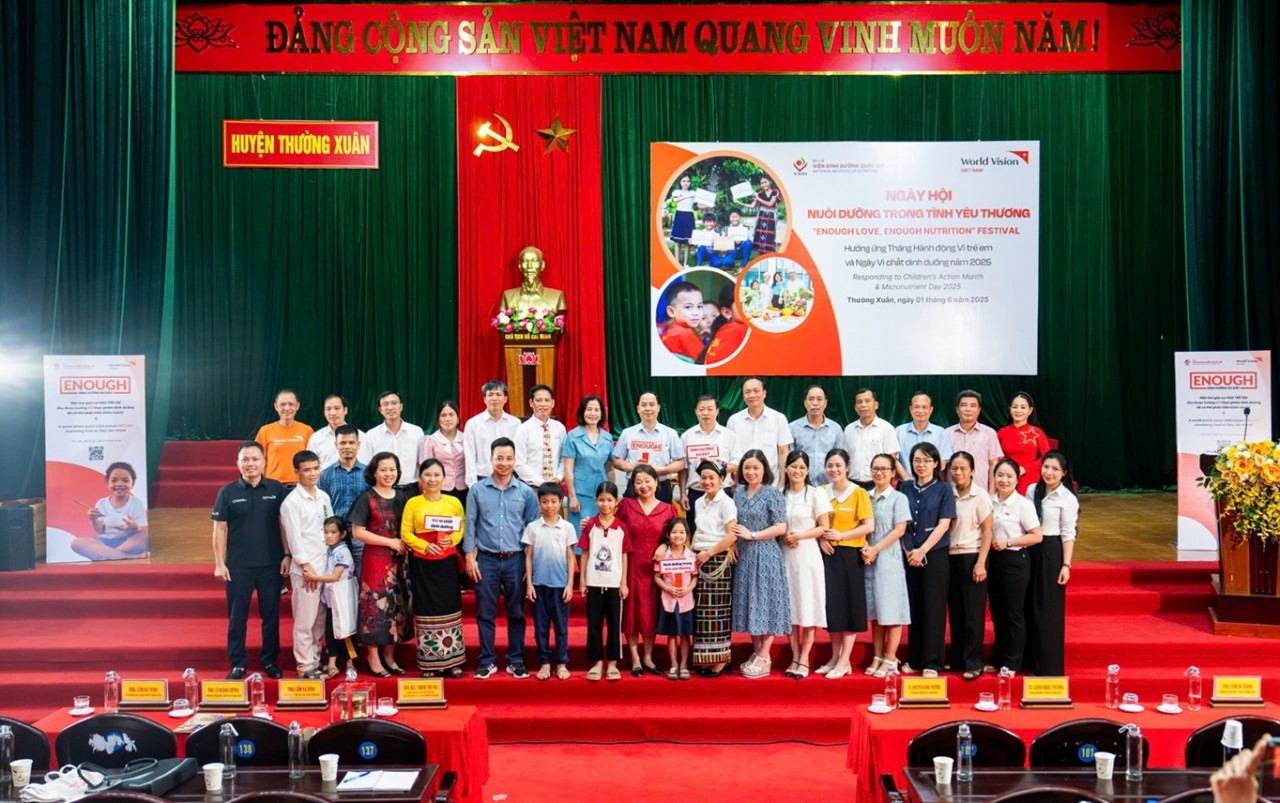 Viet's Home
Viet's Home
World Vision Promotes Comprehensive Nutritional Care for Vietnamese Children
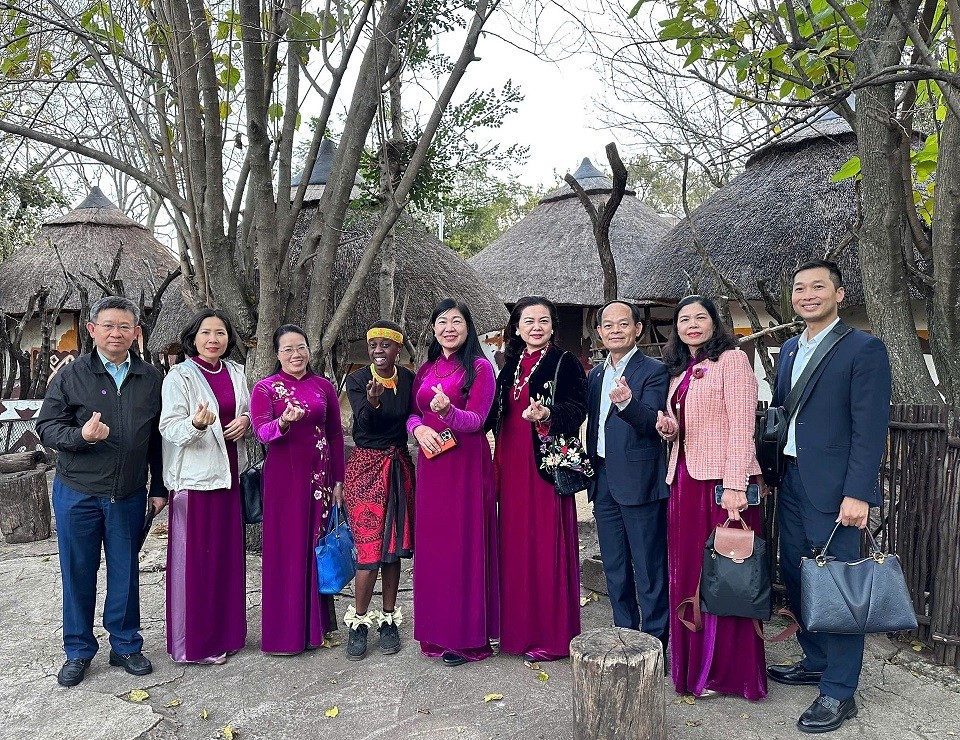 Viet's Home
Viet's Home
Hanoi, South Africa Strengthens People-to-people Exchanges, Expands Multi-sector Cooperation
Popular article
 Viet's Home
Viet's Home
Hue City to Raise Awareness on Mine Accident Prevention
 Focus
Focus
Vietnam Leaves Imprints on the World Peacekeeping Map
 Viet's Home
Viet's Home
“Global Vietnamese Singing 2025” - Connecting Hearts Longing for Homeland
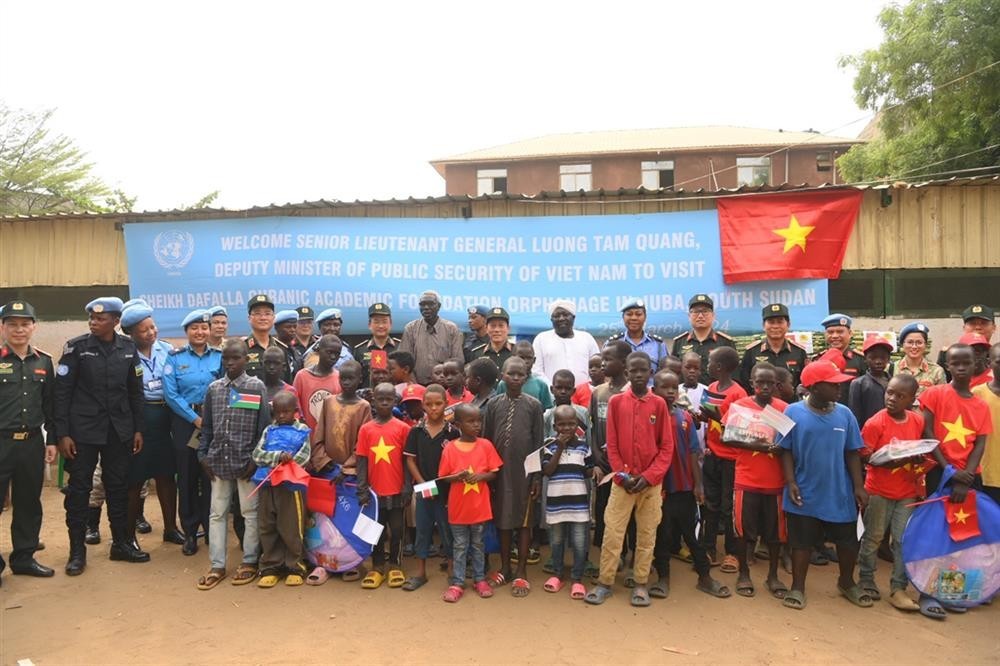 Viet's Home
Viet's Home

